As the capital of Germany, we felt that Berlin would provide us with a solid base on this country’s rich history. And, to some extent, it did meet that expectation. What did surprise us, was how much focus this city spent on World War II and the Cold War. Much of that time period occurred during our formative years, so we both have memories of some of the events as they were actually happening. Possibly the most vivid of those memories were of the Berlin Wall. Obviously, we wanted to visit what remained of that piece of history.
Often referred to as the “Anti-Facists Protection Rampart,” the Berlin Wall - built by the German Democratic Republic (GDR) - divided the city on both a physical and ideological level between 1961 an 1989. With the end of the Second World War, Germany was divided into four occupied zones, each controlled by one of the Allied Powers (the US, the UK, France, and the Soviet Union). As the country’s capital city, Berlin was similarly divided, in spite of the fact that it was located wholly within the Soviet Zone. Within two years, political tensions began to escalate between the Soviets and the other three allied powers, especially regarding reconstruction plans. Many felt that the head of the Soviet Union, Joseph Stalin wanted the Eastern Bloc to first undermine the British occupied zone, followed by slowly forcing out the United States, giving him a chance to create a unified communist Germany. Stalin began this effort by channeling Communist Party orders down to local administrative authorities so that they would be presented as “ Internal Matters,” ( and, thus, not subject to outside influences). In 1948, after disputes began to arise over a new currency as part of the reconstruction process, Stalin established a “Berlin Blockade” to prevent supplies reaching West Berlin. The West countered this move with a massive airlift, resulting in the end of the blockade in 1949. Between 1949 and 1952, large numbers of East Berliners left for western sectors ;at the time, the border between East and West was easily crossed . In an effort to stem this exodus, the Soviets erected an “Inner German Border” with a barbed wire fence. Only the city of Berlin remained open. When this effort to restrict the loss of its population failed (by 1960, only 61% of the East German population was left), tensions between the East and the West continued to escalate. It was at this point, that Kruschev ( now the head of the Soviet Union) decided to build “the Wall.” With the support of the then current GDR leader, Walter Ulbrecht, the order to begin construction of the wall was signed on August 12, 1961. The following day, the border was officially closed with 87 miles of barbed wire fencing. A week later, the first concrete barriers were being erected. During the Wall’s existence, over 100,000 people attempted to escape the East - with 5000 successfully making it over the Wall.
By the late 1980’s, folks within the Eastern Bloc countries began to revolt, which caused a chain reaction in East Germany, resulting in the fall of the Wall. Following weeks of unrest, the GDR, on August 9, 1989, announced that East Germans were free to visit West Berlin and West Germany. During the subsequent weeks, Germans on both sides began dismantling the Wall - many for souvenirs. This paved the way for German Reunification, which officially occurred on October 3, 1990.
Three long sections of the Wall remain standing; one 260 foot section near the former Gestapo headquarters (just a few blocks from Checkpoint Charlie); a second one along the Spree River; and a third section north of Bernauer Straße. Many other sections of the Wall were sent to various institutions around the world as monuments.
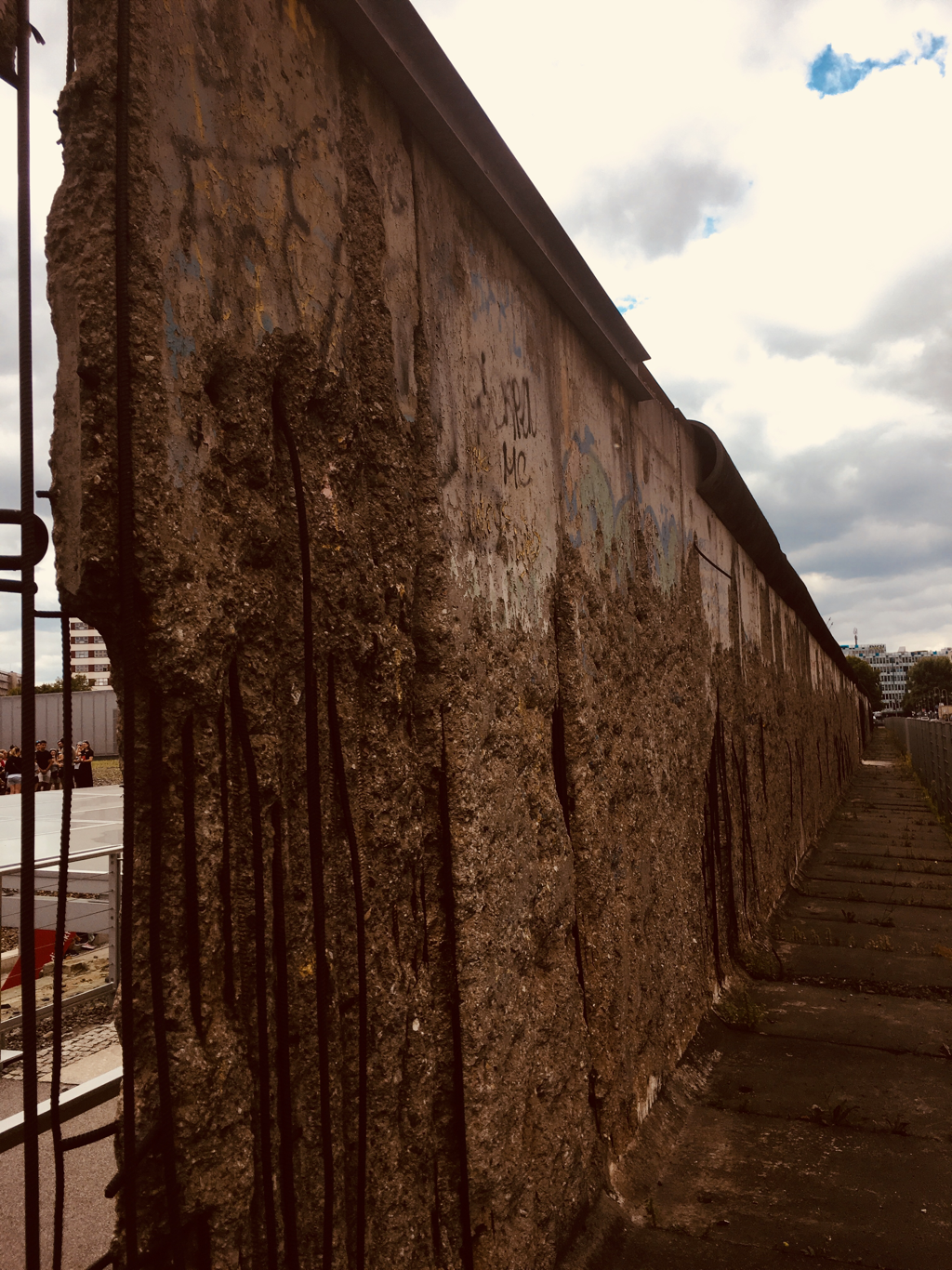
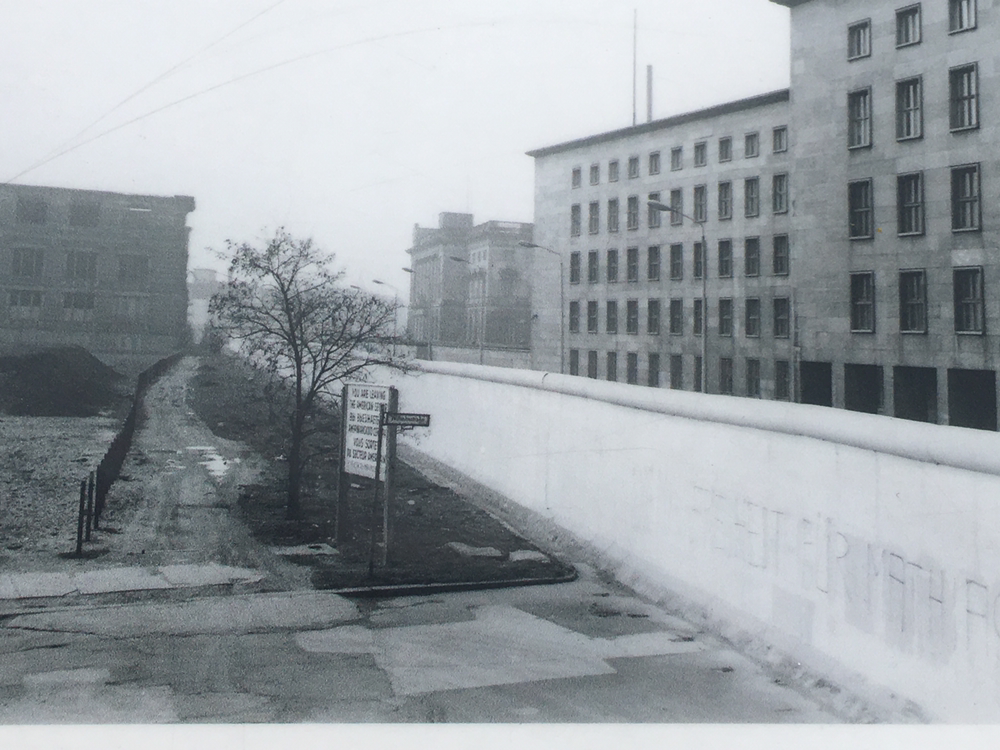
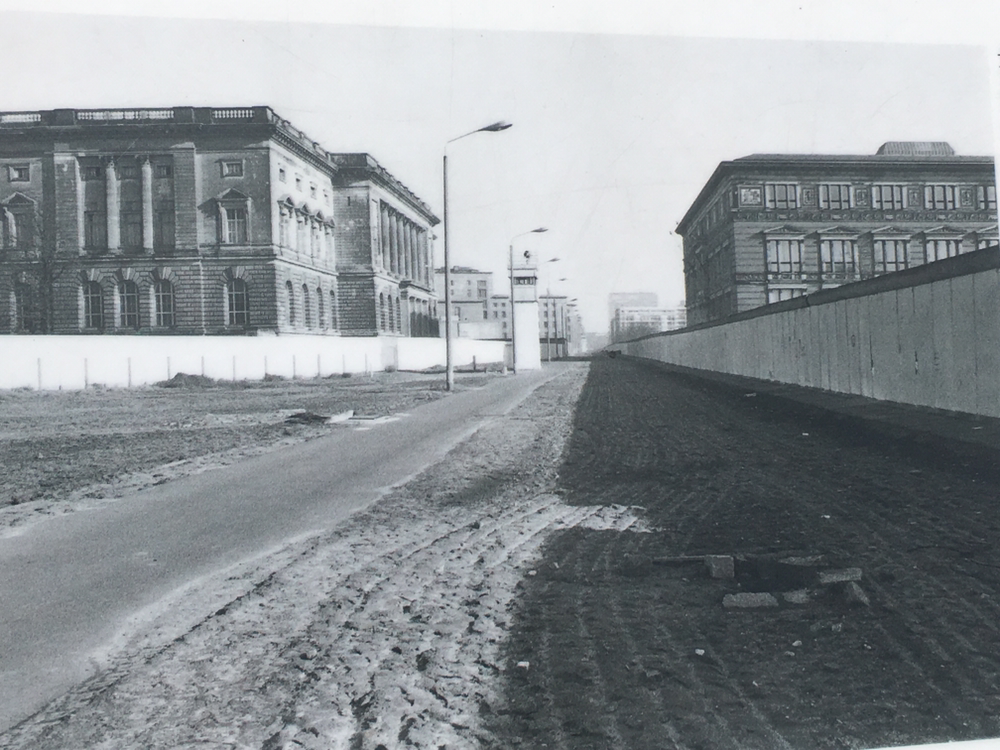
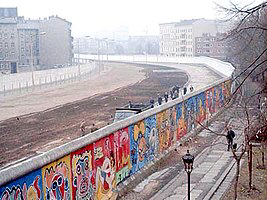
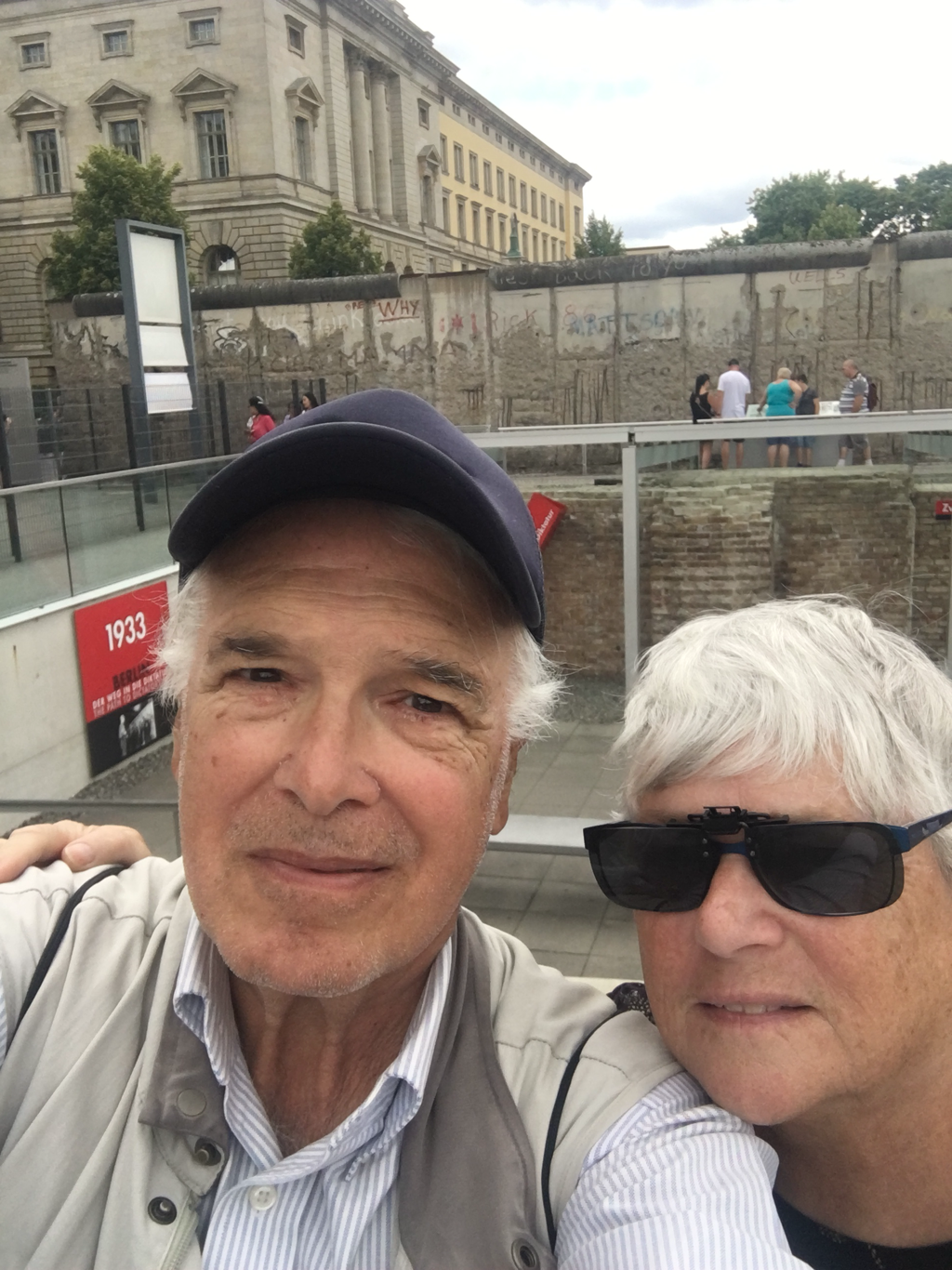
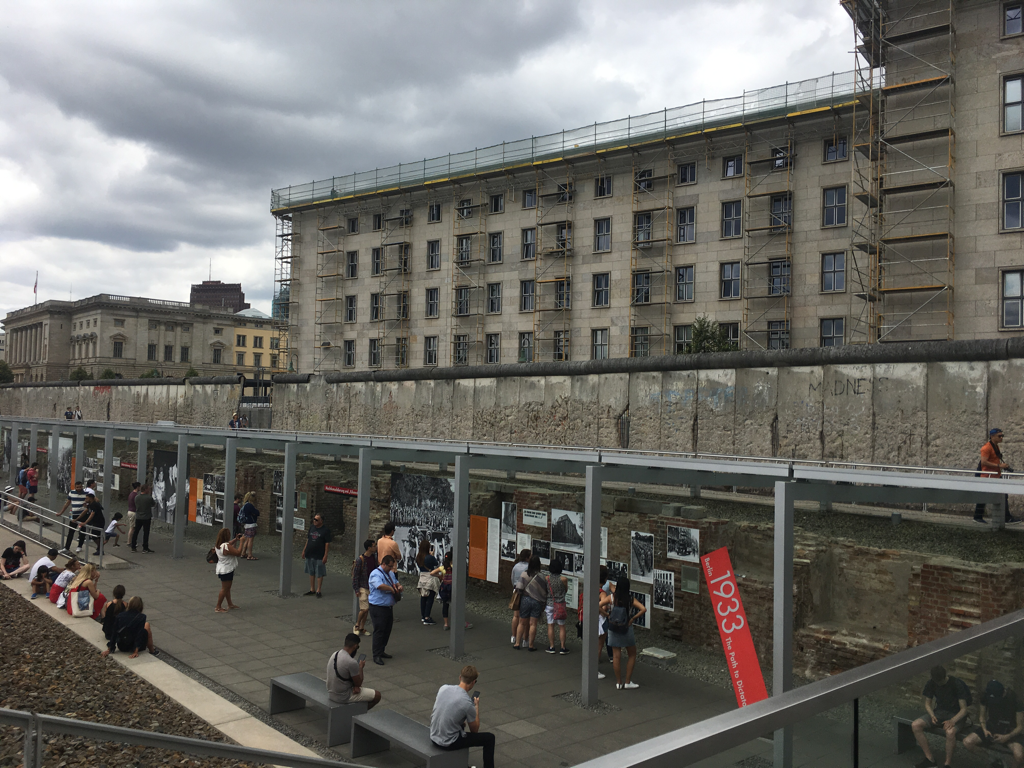
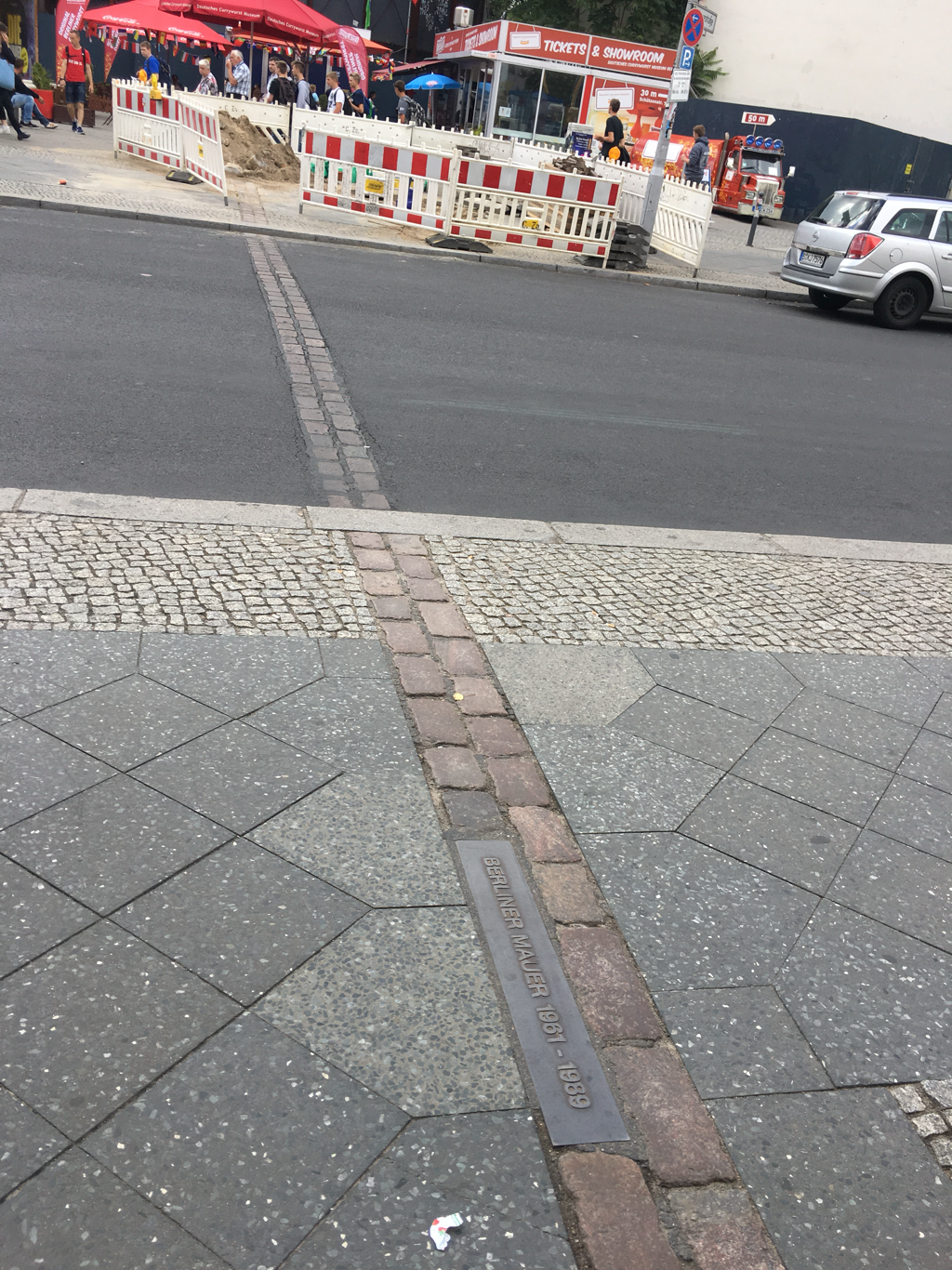
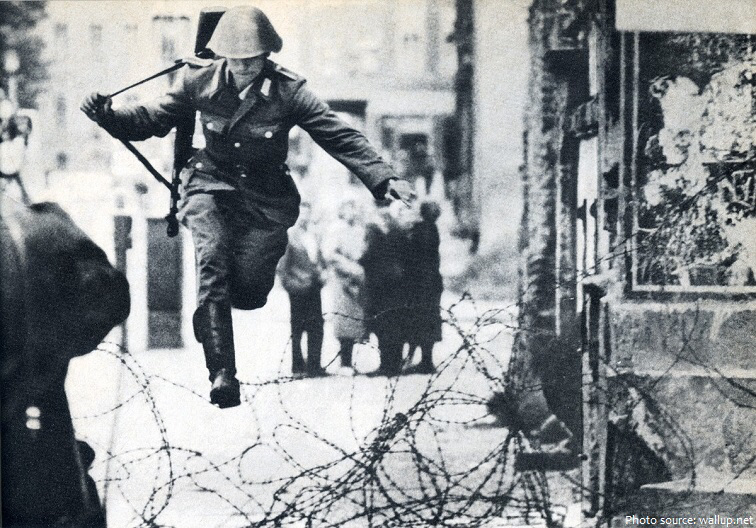
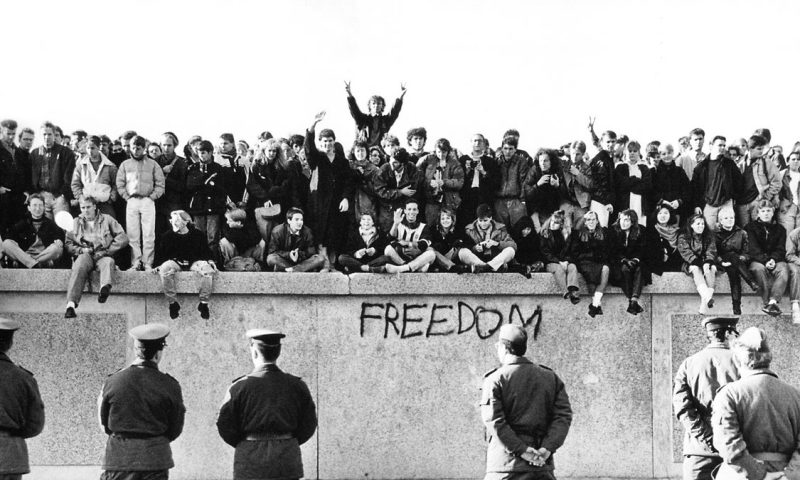
 RSS Feed
RSS Feed
